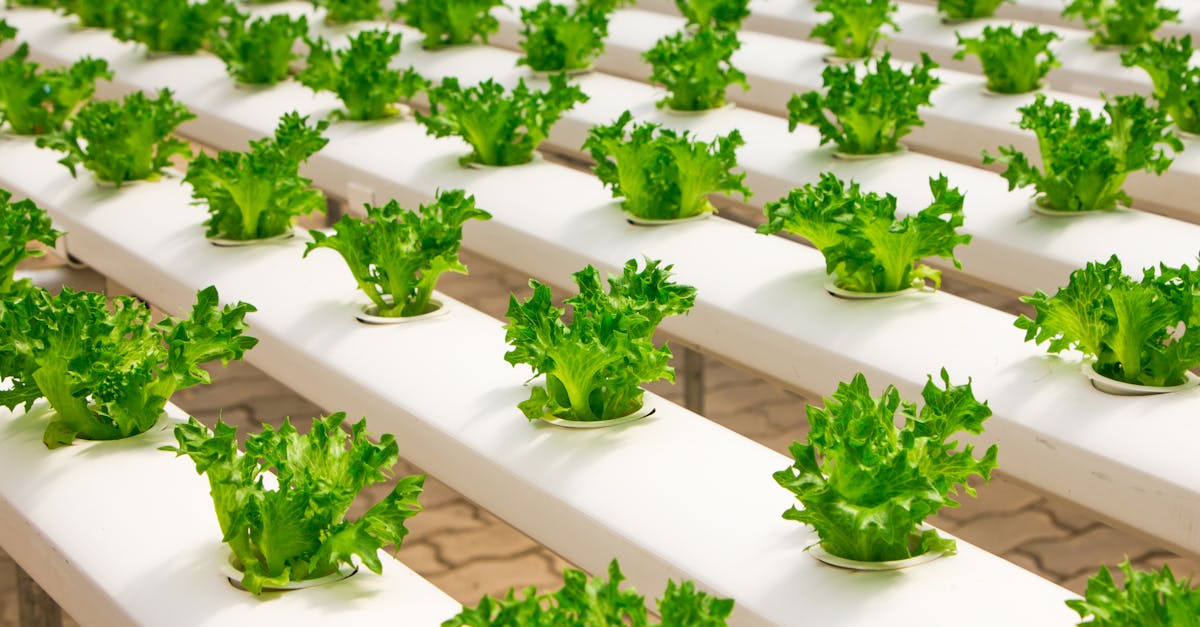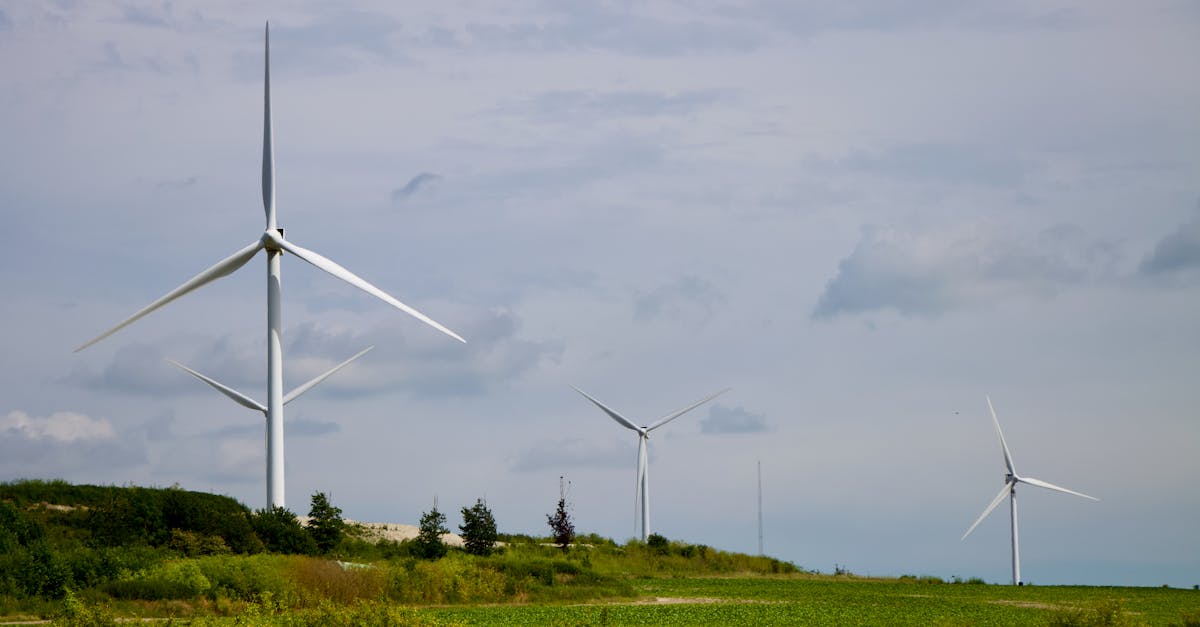Vertical Farming Cuts Urban Food Costs by 30 Percent
A Vertical Revolution
In recent years, a transformative approach to agriculture has taken root in urban areas: vertical farming. This innovative method has the potential to redefine how cities produce and consume food, significantly reducing costs. With cities facing challenges like limited land, vertical farming offers a sustainable solution by utilizing tall building structures for crop production. This system involves growing plants in stacked layers or vertically inclined surfaces, enabling efficient use of space. Beyond spatial efficiency, vertical farming addresses critical issues of food security and supply in densely populated areas. Recent studies indicate that urban food prices could decrease by up to 30 percent, thanks to the advent of these farms.
Advertisement
Understanding Vertical Farming
Vertical farming is the practice of producing food in vertically stacked layers or inclined surfaces. Each layer or platform is equipped with soil, hydroponic, or aeroponic cultivation techniques. In a hydroponic system, plants grow with a nutrient solution instead of soil, while aeroponic systems mist plant roots with nutrient-rich water. These controlled environments offer several significant benefits, including efficient water use, pest and disease control, and year-round production. The integration of LED lights and automated technology allows precise control over light, temperature, and humidity, facilitating optimal growing conditions.

ThisIsEngineering/Pexels
Advertisement
Improving Urban Food Security
One of the primary goals of vertical farming is to enhance food security in urban centers. These farms provide a local, stable food source, reducing dependency on imports. Such security is paramount as cities continue to witness population growth and higher demand for food produce. Additionally, urban farming minimizes the need for transportation, lowering carbon emissions associated with food logistics. The pandemic highlighted vulnerabilities in global supply chains, spotlighting the need for resilient urban agriculture systems. Vertical farming stands as a robust solution, bringing fresh produce closer to urban consumers.
Advertisement
Economics and Cost Effectiveness
The economic advantages of vertical farming extend beyond land and transportation savings. By producing food locally and more efficiently, this method diminishes the expenses tied to logistics and spoilage. The reduction in city food prices has a profound impact on urban residents, particularly lower-income families. An estimated 30 percent decrease in food pricing translates to increased access to nutritious produce for more households. Moreover, as vertical farms become more integrated through technological advancements, they continue to drive operational costs down, maintaining the trend of affordability.
Advertisement
Environmental Sustainability
Vertical farming offers considerable environmental benefits, promoting sustainable agricultural practices. Traditional farming can lead to deforestation and soil degradation, whereas vertical farms operate without causing significant environmental footprints. These farms optimize water use, often recycling up to 95 percent of water through closed-loop systems. Furthermore, vertical farms eliminate the need for pesticides and significantly reduce carbon emissions. By preserving natural habitats and promoting biodiversity through reduced land conversion, vertical farming presents an eco-friendly urban farming alternative.
Advertisement
Innovations in Technology
Vertical farms are on the cutting edge of technological advancements in agriculture. Pioneered by innovations like artificial intelligence and the Internet of Things (IoT), the farms exhibit remarkable efficiency and adaptability. Automated systems monitor plant health and growth, while AI algorithms predict optimal growth conditions for various crops. This integration of technology transforms vertical farms into high-yield cultivation sites, even in seasonal extremes or adverse weather conditions. As technology continues to evolve, it unlocks new functional capabilities for vertical farming, making them critical to urban agricultural frameworks.
Advertisement
The Consumer Experience
For consumers, vertical farming represents more than just lower prices. It changes how individuals perceive and interact with their food sources. Accessibility to fresh produce in urban “food deserts” ensures that even underserved communities benefit from high-quality products. The transparency and traceability offered by these farms allow consumers to understand their food's journey and make informed purchasing decisions. Many vertical farms offer "farmscaping" experiences where city dwellers can visit to learn about sustainable farming, further bridging the gap between urban spaces and agricultural processes.
Advertisement
Challenges and Considerations
While vertical farming offers numerous advantages, it also faces challenges. High initial capital costs and extensive energy requirements can pose hurdles for widespread implementation. Additionally, there is an ongoing need to refine technological systems and ensure energy sources are sustainable, such as incorporating solar or wind power. Promoting community civic engagement and education around these farms can also foster greater acceptance and adoption. Policy support and strategic partnerships will be crucial in overcoming these challenges and expanding urban farming practices.
Advertisement
The Future of Urban Agriculture
With the continual advancements in vertical farming technology, urban agriculture is poised for unprecedented expansion. As population density increases, vertical farms become an integral part of smart city infrastructure, designed for sustainability and efficiency. Several countries are already witnessing a shift toward policies supporting vertical farm investments, recognizing their potential in combating food insecurity and climate issues. Collaborations across industries will further innovation, inspiring healthier urban living environments. As the vertical farming revolution progresses, the possibility of sustainable, affordable urban agriculture becomes a closer reality.
Advertisement
Transforming City Landscapes
The vertical farming revolution is reshaping the urban food landscape, delivering sustainability and affordability to city residents. Reduced food prices by 30 percent substantially facilitate better access to fresh produce for more people, improving urban nutrition. Despite facing implementation challenges, vertical farming's environmental and economic benefits suggest a promising trajectory. The ongoing integration of technology amplifies these impacts, heralding a new era of urban agriculture. Empowered by policy and community support, the success of this movement signifies a vital stride in creating future urban environments that prioritize health and wellbeing.
Advertisement



